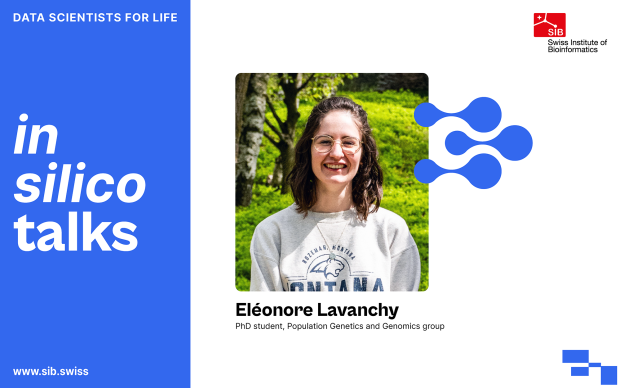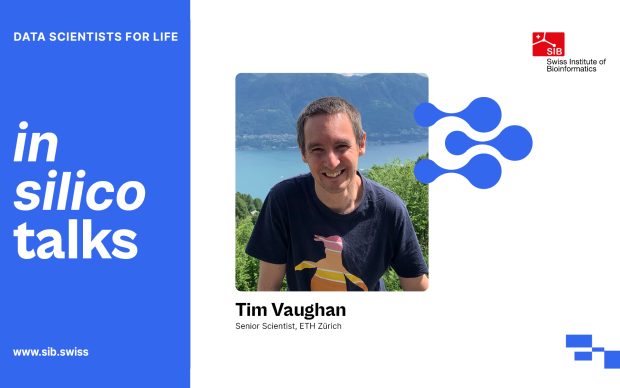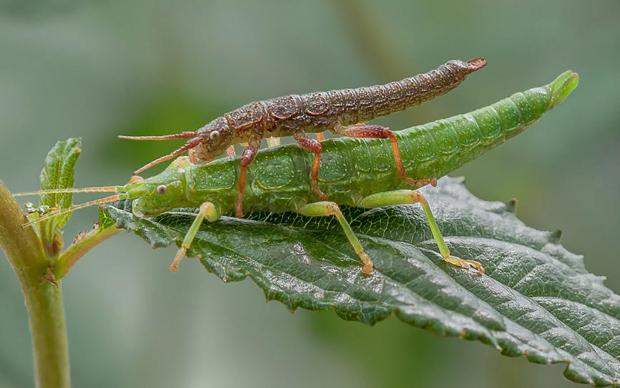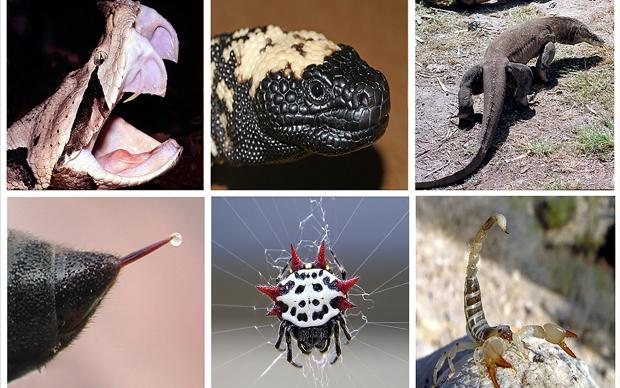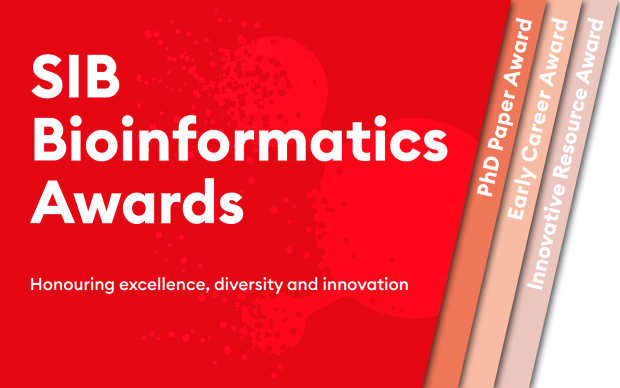A shortcut to the genetics of molecular circadian rhythm
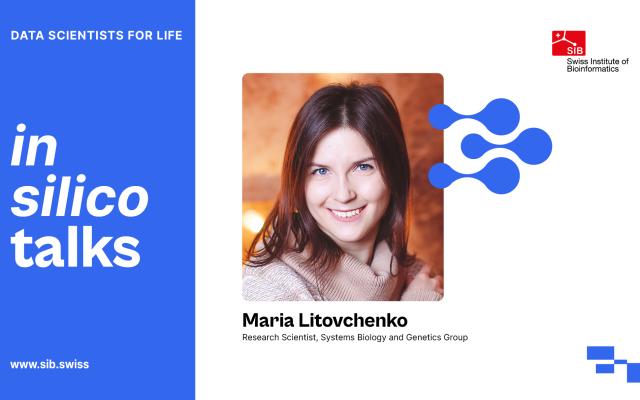
Do you usually wake up feeling rested but not hungry? It may be the sign of a particularly large meal the evening before – or simply reflect the difference in circadian rhythm between your gut and brain. Pinpointing such tissue-specific patterns, benign or less so, is usually a very labor-intensive process. The elegant experimental design shortcut presented in this in silico talk may well save researchers weeks of work and significant resources, while further opening up the field of large-scale genomic research. SIB’s Maria Litovchenko from Bart Deplancke’s group at EPFL explains how she and her coauthors were able to map circadian gene activity in three tissues of interest and across 140 genomes of Drosophila, by sampling each genotype only once. The details of their findings are in the team’s recent paper published in Science Advances.
About the in silico talks series – The latest in bioinformatics by SIB Scientists
The in silico talks online series aims to inform bioinformaticians, life scientists and clinicians about the latest advances led by SIB Scientists on a wide range of topics in bioinformatics methods, research and resources. Stay abreast of the latest developments, get exclusive insights into recent papers, and discover how these advances might help you in your work or research, by subscribing to the in silico talks mailing list.
The circadian rhythm is a biological process with a period of roughly 24h, regulating an organism at all levels, from molecular to behavioural patterns. At the molecular level, it can be observed as sinusoidal patterns of gene expression over time.
Maria Litovchenko and her colleagues set out to determine the extent to which circadian rhythm is tissue-specific (here: brain, gut, fat body and malpighian tubules – orthologues of human kidneys) and how it varies across different individuals (genotypes).
As an alternative to a conventional, sampling-intensive experimental setup, she focuses in her talk on a shortcut which could enable large-scale population genetics studies, particularly in the context of time-dependent biological processes such as ageing and development.
As a result of their work, Maria and her colleagues have also provided a resource of more than 700 tissue- and time- resolved transcriptomes of fruit flies, a key asset for future tissue-specific circadian rhythm studies.

